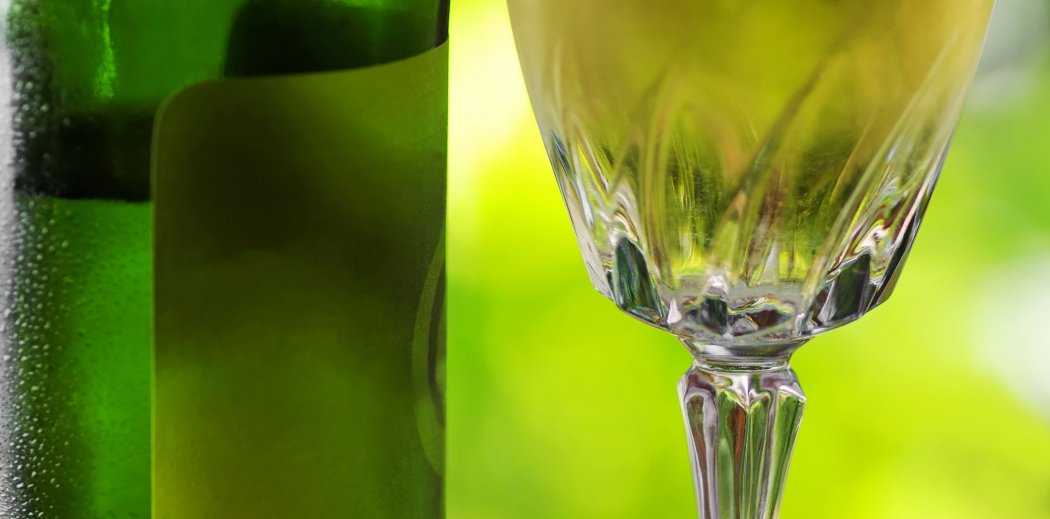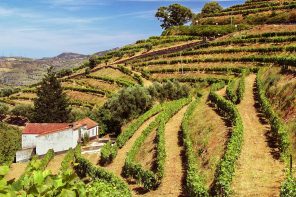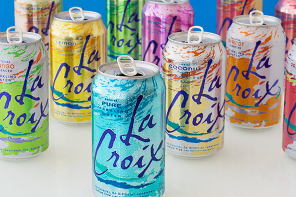In 2015, Portugal produced about 6,703,000 hectolitres of wine, making it the 11th most productive winemaking country in the world. As it turns out, the Portuguese make less wine than new world producers like the United States, Australia and South Africa. The country doesn’t even come close to matching the output of their European neighbors.
But what Portugal’s wine industry lacks in terms of size, it makes up for with a strong sense of identity. The Portuguese make wines that are undeniably Portuguese. Among these wines (think Port or Thomas Jefferson’s beloved Madeira) one wine truly stands out: Vinho Verde.
Vinho Verde, which translates to “green wine” in English, is one of Portugal’s best known (and most unique) offerings to the great wide world of wine. Portuguese green wine has several characteristics that separate it from the rest, but the first question that must be addressed has to do with greenness. That’s to say- is green wine really green?
In a world where orange wine is hipper than ironically named French Bulldogs and where an incandescent blue wine was just released without widespread rioting- it’s not hard to imagine the existence of a green wine. But for those of us who are drawn to wines that Roy G. Biv would be proud of, we’ve got bad news.
Vinho verde is not green, at least not in the way you might think.
When Portuguese winemakers decided to dub the stuff green wine, they meant green as in “fresh” or “lively” or “young.” This makes sense, seeing as the stuff comes in red, white and rosé form.
While most wines spend time in tanks aging, developing and (in some cases) growing in complexity, these wines are bottled quickly and are meant to be consumed shortly thereafter. You’ve got blended Bordeauxs that are said to be better with decades of age. On the other hand, you’ve got Vinho Verde: wines that are purposefully fresh, refreshing and unapologetically “young.”
Because of their relative lack of maturity, green wines are also significantly lower in alcohol content. Some Vinho Verdes are only about 8.5% ABV, which (along with their typical flavor profile) makes them ideal for summer sipping and spicy foods.
Last but not least, Vinho Verdes are known to be bubbly- at least a tiny bit. While there is technically not enough carbonation in green wines for them to be classified as sparkling (or even semi-sparkling) wines, this stuff does exhibit a very faint and very pleasant fizz due to “accidental” fermentation of the wine once it’s sealed up in the bottle.
Most winemakers consider this post-bottling bubbliness to be a fault or mistake, but makers of Vinho Verde have been respectfully (and deliciously) disagreeing for hundreds of years.
With all that in mind, as spring arrives and everything thaws, try out some green wine from Portugal. It’s so much better than green beer, we promise.








